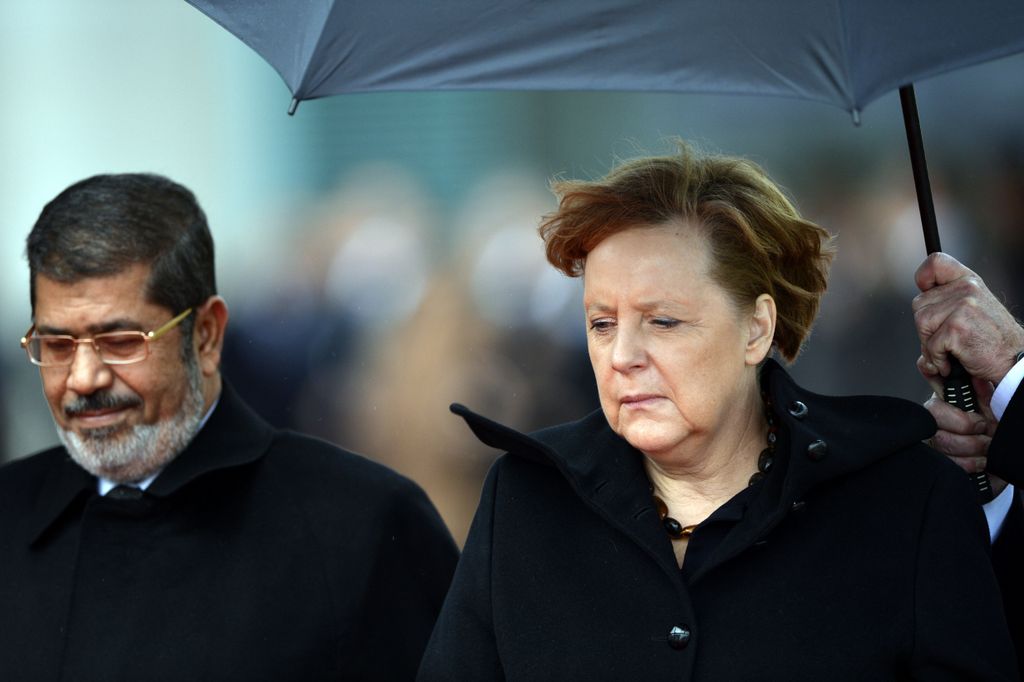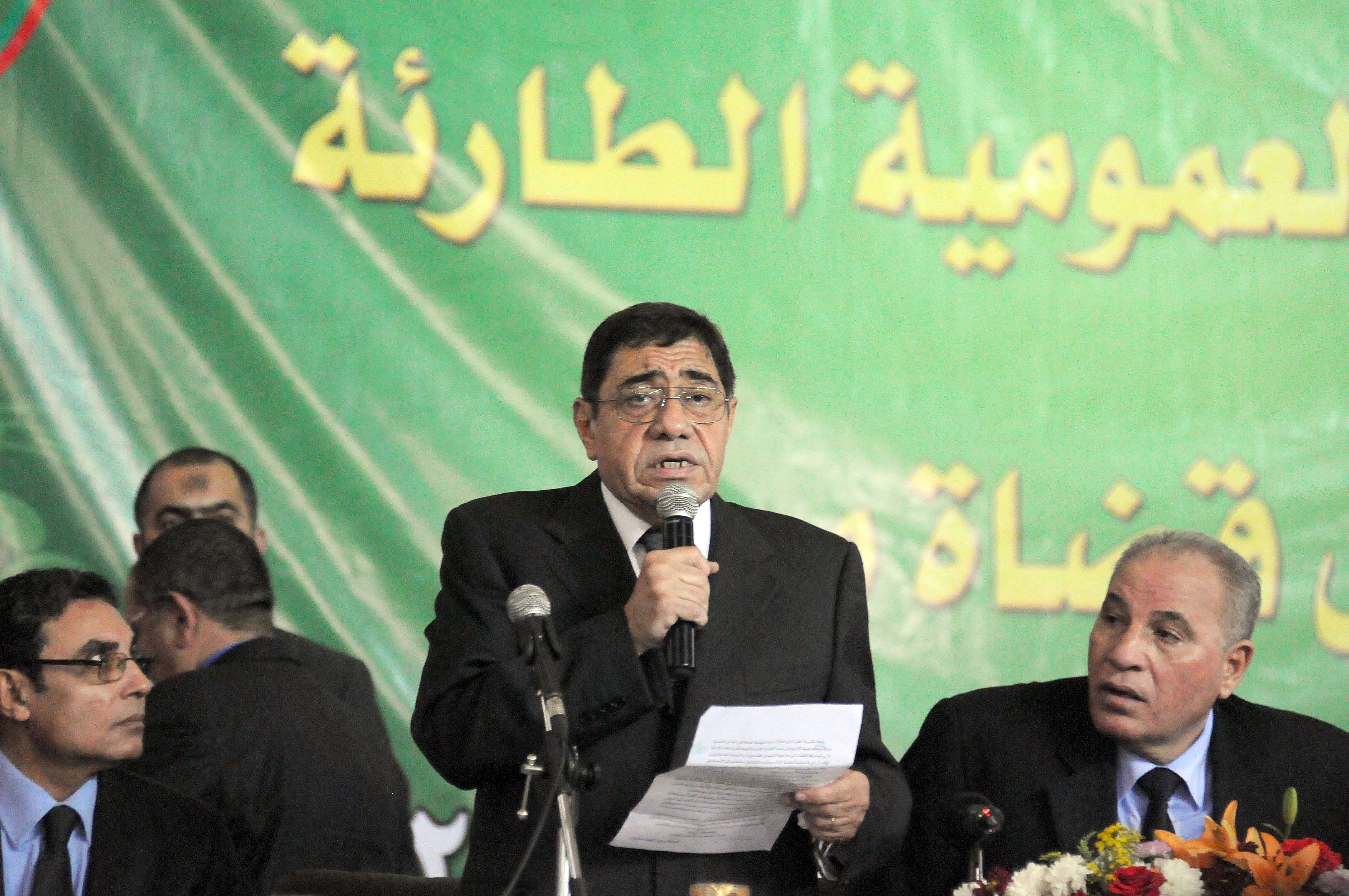KRUGER NATIONAL PARK: As the sun set over the savannah at Kruger National Park, a football fan unfurled a banner from the side of an open-air safari truck.
The guided tour was about to set out in search of Africa’s "big five" — lions, elephants, rhinos, leopards and Cape buffalo — and the Argentina fan seized the moment to convey a message to the world, or any animals that might be watching.
"Whatever happens, no matter what," the banner said. It showed a picture of Argentina coach Diego Maradona lifting the World Cup — a dream soon killed by Germany as they sank their teeth into the Albicelestes in their quarter-final Saturday.
Kruger, one of the top safari destinations in Africa, has received massive herds of football fans as South Africa hosts the World Cup.
The park is always booked to capacity in June and July — winter months in South Africa and the best time for seeing game, since the vegetation grows thinner and animals become easier to spot.
But South Africa’s national parks have seen record demand this year as hundreds of thousands of World Cup visitors descend on the country.
Kruger, which booked its 22 camps to capacity a year in advance, decided in June to allow more day-visitors in order to accommodate the football crowd, raising the number of daily entries permitted at each of its 10 gates by 10 percent, to between 330 and 825 visitors.
It also set up big-screen viewing areas inside the park where visitors can catch the carnage on the field before setting off to see the South African savannah’s food chain in action.
Brendon Pitt, an Australian fan whose team played the opening-round zebra to Group D lions Germany and Ghana, said the chance to go on safari had made his World Cup trip worthwhile.
"I’ve always wanted to go on safari, ever since I was a little kid, so to be able to do that and come for the World Cup is pretty spectacular," he told AFP.
His compatriot Matthew Craze said the safari experience had more than made up for the Socceroos’ lacklustre performance.
"The soccer’s just an excuse to come here," he said, as he and three friends set out in search of lions and leopards in a giant Land Rover that had an Australian flag draped out the window.
"We already got to see a rhino and giraffes and zebras and all that. It was unreal," said his friend Luke McInnes.
"We nearly hit the rhino in our car to be honest. Coming around the corner and there it was about two meters away," said Craze.
"Our car’s pretty tough, but I don’t know if it’s that tough. That thing was a tank," said McInnes.
Tourism officials say South Africa’s wildlife has been one of the big draws of the tournament, helping bring 500,000 international visitors despite the global economic downturn.
Those numbers have contributed to making this World Cup the second-best-attended ever, behind only the United States in 1994.
"This is the best time to come to South Africa for a safari experience, because in June-July you get the best sightings," said Roshene Singh, chief marketing officer with government tourism agency South Africa Tourism.
"It is one of our strong points as a country, it is what we are known for."
At a viewing area near Kruger’s main lodge, fans from Argentina, China, Italy, Portugal and South Africa gathered to watch a game, as a mock World Cup match between "Australia" and "New Zealand" unfolded on a nearby lawn.
Nino Colombatti, an Italian winemaker based in Los Angeles, said the soccer-safari experience had been one of the most memorable of the World Cup.
"I took the pictures myself. It’s not that I just bought it in the store. That will be a memory for me and something to show my children that I was there, that I actually saw these animals," Colombatti told AFP.
"It’s something that I will take with me to the ground," he said.


